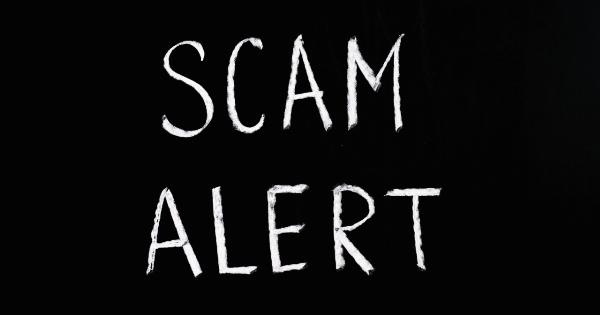Autism spectrum disorder (ASD) is a neurodevelopmental disorder that affects individuals from early childhood and persists through adulthood.
Early detection and intervention are crucial in reducing the severity of symptoms, improving outcomes and quality of life for those with ASD. ASD is typically diagnosed around the age of 4 or 5, although subtle signs of the disorder may be apparent much earlier.
This article will discuss early autism detection by age and highlight some of the tools and assessments used for early identification.
What is Autism?
Autism is a complex disorder that affects the way a person communicates, processes information, and relates to others.
Individuals with autism have difficulty with social interaction, language and communication, and may display repetitive or restrictive behaviors. The severity of symptoms can vary greatly from person to person and can significantly impact daily life.
Early Autism Detection
Early detection of autism is critical to improve outcomes for those affected by the disorder.
Experts agree that early intervention programs that address behavioral, social, and communication needs can make a significant difference in the degree of symptoms and level of functioning achieved by the individual with autism. Despite the importance of early detection, many children are not diagnosed until later in childhood, when interventions may not have as significant an impact.
Signs and Symptoms of Autism in Infants
Babies who later develop autism may display subtle early signs in the first few months of life. These can include:.
- Lack of eye contact or interest in faces
- Delayed response to name
- Absence of social smiling
- Limited or no babbling or pointing
- Unusual or repetitive movements, such as hand flapping or rocking
- Hypersensitivity to sound or touch
It is important to remember that these early signs are not definitive, and many infants who display these behaviors do not go on to develop autism.
However, if these behaviors persist or worsen over time, it is important to seek further evaluation from a qualified healthcare professional.
Screening Tools for Autism
There are several screening tools available to identify children who may be at risk for autism.
These tools are designed to be administered by healthcare professionals during well-child check-ups and do not diagnose autism, but rather identify those who may be at risk and in need of further evaluation. Some commonly used screening tools include:.
- M-CHAT (Modified Checklist for Autism in Toddlers)
- STAT (Screening Tool for Autism in Toddlers and Young Children)
- ASQ (Ages and Stages Questionnaire)
These screening tools typically involve a series of questions about the child’s behavior, development, and social skills. If a child screens positive for autism risk, they are referred for further evaluation and assessment.
Diagnostic Assessment for Autism
If a child is at risk for autism based on a screening tool, or if concerns are raised about their development or behavior, a diagnostic assessment may be recommended.
This assessment typically involves a multidisciplinary team that includes healthcare professionals such as psychologists, speech pathologists, and pediatricians. The assessment may include:.
- Developmental and medical history
- Observation of the child’s behavior and social interactions
- Standardized tests and assessments of cognitive, social, and communication skills
- Diagnostic interviews with the child and family
The goal of the diagnostic assessment is to determine if the child meets the criteria for an autism diagnosis and to identify the individual’s strengths and areas of need for intervention.
Conclusion
Early detection and intervention are key to improving outcomes for individuals with autism. While the average age of autism diagnosis is around 4 or 5 years old, subtle signs may be present in infants that can be detected by healthcare professionals.
Screening tools and diagnostic assessments can help identify those at risk for autism and provide the necessary guidance for early intervention and treatment.




























